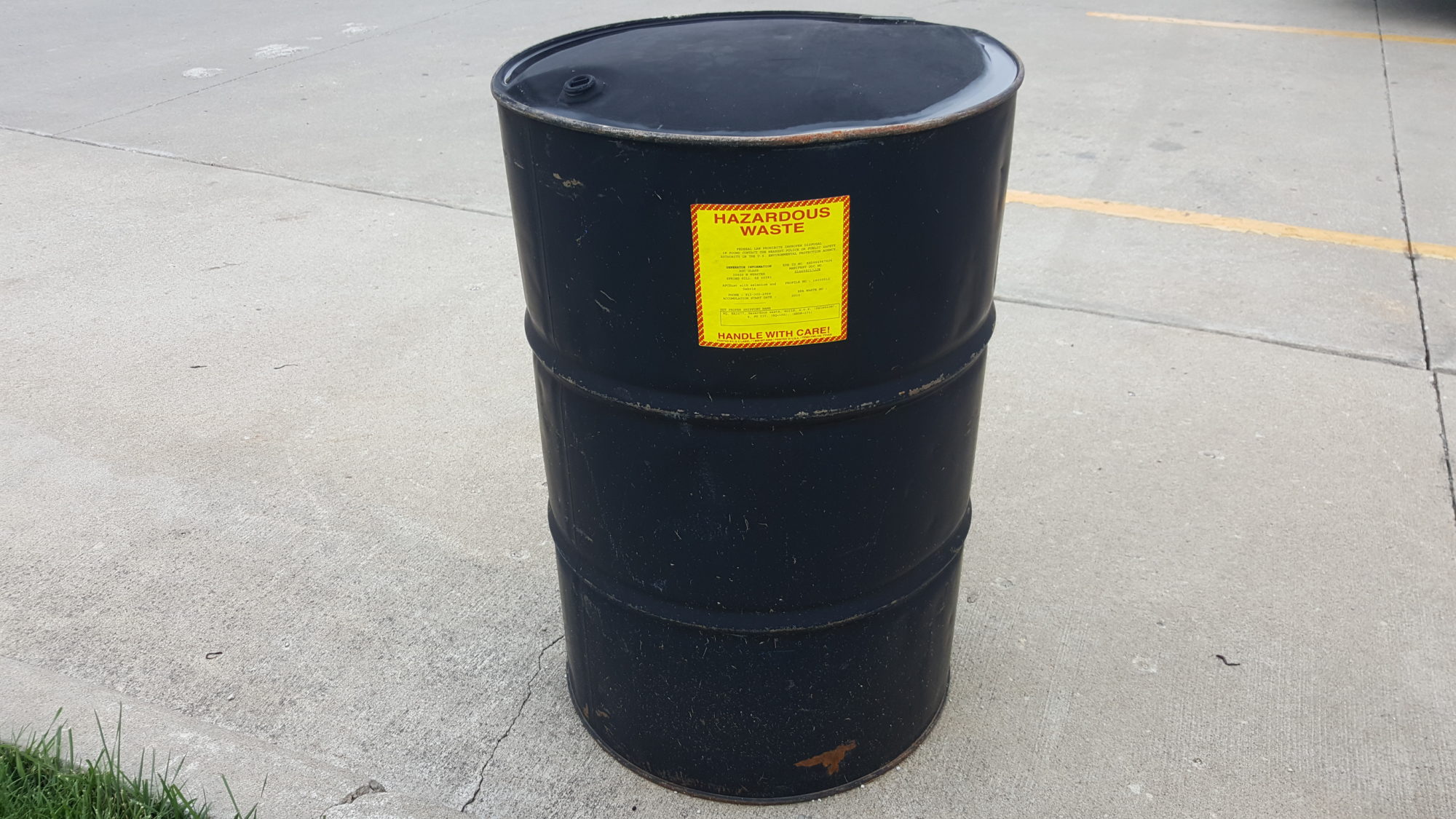Contrary to what you may believe, the US EPA is not all about enforcement. Part of US EPA’s mission is to provide information to the regulated community in the form of guidance documents whose purpose is to summarize the regulations in plain English and indicate sources of additional information.
When referring to a guidance document it is important to keep the following in mind:
- No guidance document – even one published by the US EPA – is a substitute for the regulations. A good guidance document may only provide an overview of the regulations, if you find some of its information useful you must research the regulations to determine compliance.
- The regulations may have changed since the guidance document was written.
- If the document is issued by the US EPA you may have to confirm the information with your state environmental agency. All states except for Iowa, Alaska, & Puerto Rico have approved hazardous waste programs under RCRA and will write and enforce their own regulations. These states will have their own guidance documents to explain their regulations.
An example of a series of very helpful guidance documents issued by US EPA is the RCRA in Focus series. From the website:
RCRA in Focus is a series of publications providing an overview of the RCRA regulations affecting specific industry sectors. Intended as a guide for small businesses, RIF presents the lifecycle of a typical waste for each industry and focuses on recycling and pollution prevention options. Each issue contains a hazardous waste table of RCRA requirements for small businesses and answers frequently asked questions.
Industry for which RCRA in Focus publications are available:
- RCRA in Focus: Construction, Demolition, and Renovation
- RCRA in Focus: Dry Cleaning
- RCRA in Focus: Dry Cleaning – Korean
- RCRA in Focus: Furniture Manufacturing and Refinishing
- RCRA in Focus: Leather Manufacturing
- RCRA in Focus: Motor Freight & Railroad Transportation
- RCRA in Focus: Motor Freight & Railroad Transportation – en Español
- RCRA in Focus: Photo Processing
- RCRA in Focus: Printing
- RCRA in Focus: Printing – en Español
- RCRA in Focus: Textile Manufacturing
- RCRA in Focus: Vehicle Maintenance
- RCRA in Focus: Vehicle Maintenance- en Español
Guidance documents are available for download as a pdf or you may order copies through the mail (limit to ten different publications and one of each per day).
Publications like these can be a great asset in maintaining compliance with the hazardous waste regulations of the US EPA and your state, especially if you are one of the industry listed above. Also helpful is training. Contact me for a free consultation on your training needs.


